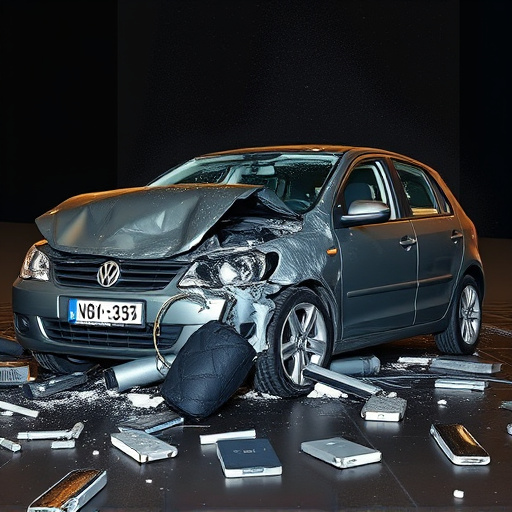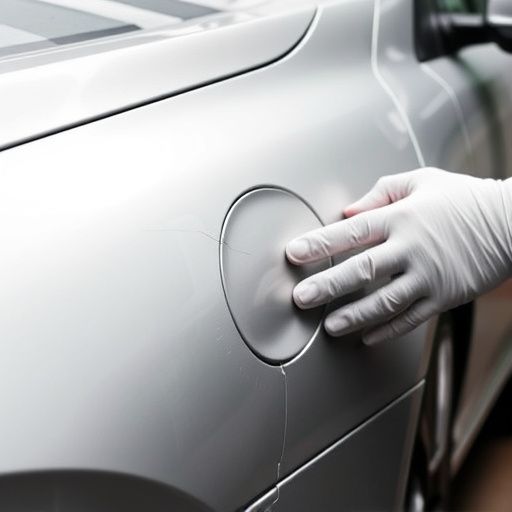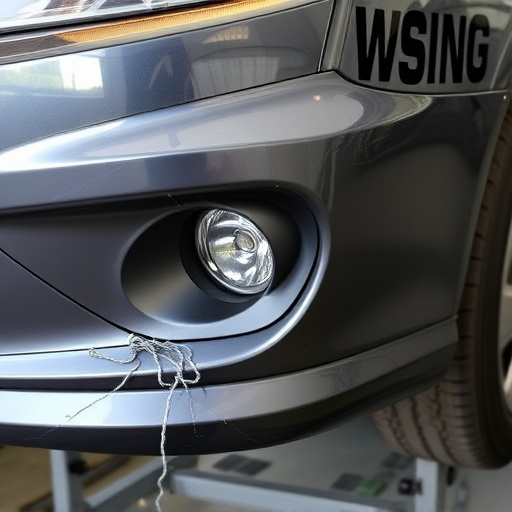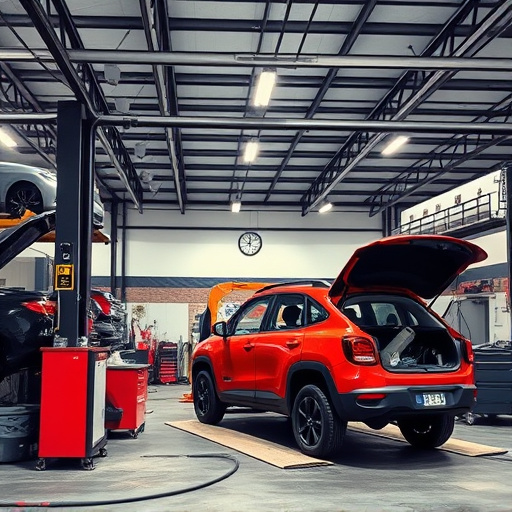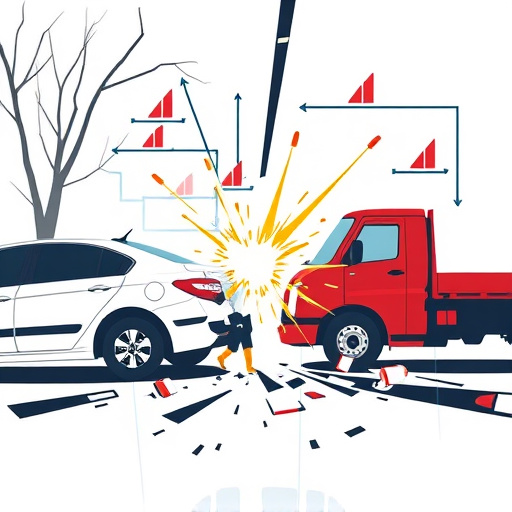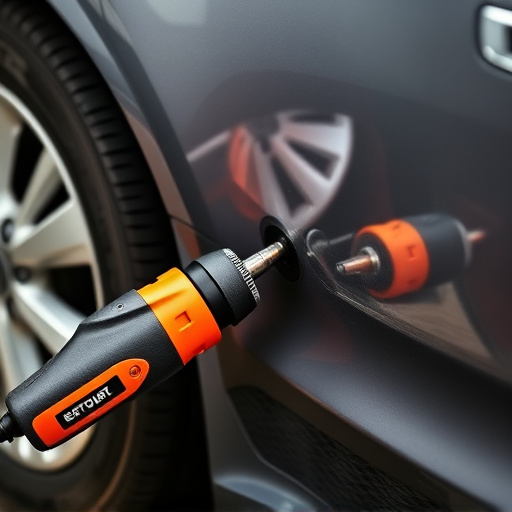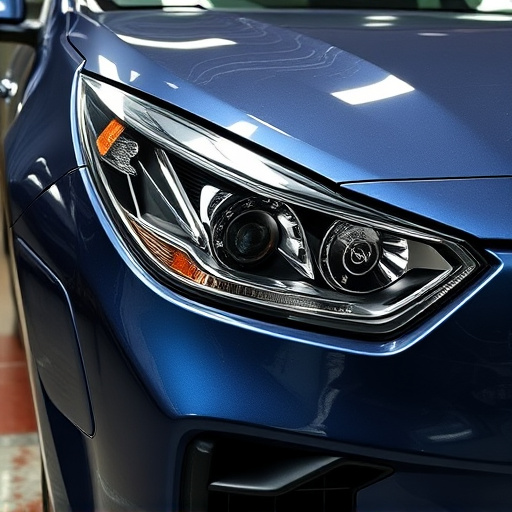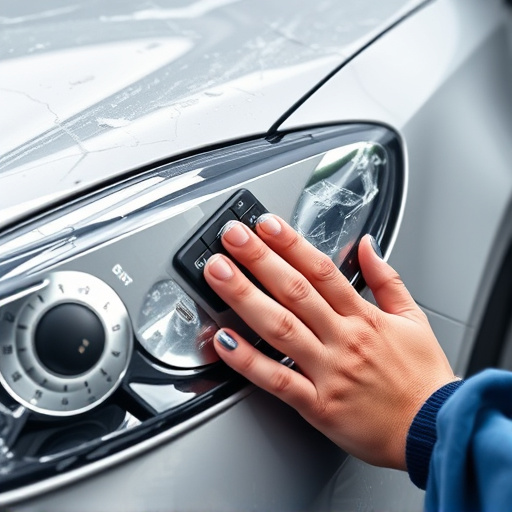Windshield calibration is essential for maintaining accurate sensor function in advanced driver assistance systems (ADAS), particularly automatic emergency braking (AEB). Regular calibration by trained technicians ensures optimal system performance, enhancing safety features' responsiveness and reducing false alarms, thereby minimizing risks on the road.
Windshield calibration is a critical, yet often overlooked, aspect of modern vehicle safety. It forms the foundation for accurate sensor readings, directly impacting the performance of automatic emergency braking (AEB) systems. This article explores how precise windshield calibration enhances AEB’s effectiveness, preventing collisions and saving lives. We delve into the mechanisms through which calibration optimizes braking responses, highlighting the importance of regular maintenance for peak system efficiency.
- Windshield Calibration: The Foundation of Accurate Sensing
- Impact on Emergency Braking Systems: Enhancing Safety
- Optimizing Performance Through Regular Calibration Maintenance
Windshield Calibration: The Foundation of Accurate Sensing

The foundation of any advanced driver assistance system (ADAS), including automatic emergency braking (AEB), lies in accurate sensing. At the heart of this accuracy is proper windshield calibration. Sensors integrated into modern vehicles, such as cameras and radar, rely on a precise understanding of their surroundings, starting with the windshield. Regular windshield calibration ensures these sensors can accurately detect obstacles, track their movements, and gauge their distance from the vehicle—all critical factors in determining when to activate AEB.
In a car repair shop or during luxury vehicle repair, technicians play a vital role in maintaining this calibration. They calibrate windshields using specialized tools that check for distortion and ensure the sensors have a clear and unobstructed view of the road ahead. This process is crucial not only for the optimal performance of AEB but also for other ADAS features like lane departure warning and adaptive cruise control, enhancing overall safety and driving experience.
Impact on Emergency Braking Systems: Enhancing Safety

The precision of a vehicle’s automatic emergency braking (AEB) system is heavily reliant on regular windshield calibration. This process ensures that the sensors accurately detect obstacles and calculate the necessary braking force, ultimately enhancing safety on the road. When a car undergoes windshield calibration, it fine-tunes the AEB’s response time and sensitivity, allowing for more effective stopping power in critical situations.
Proper calibration plays a vital role in the overall performance of emergency braking systems. It helps in minimizing false alarms and improves the system’s ability to adapt to different driving conditions. In the event of a collision or during automotive repair services at a trusted collision center, specialists can identify any deviations from optimal calibration, restoring the vehicle’s safety features to their peak condition for enhanced protection during subsequent drives.
Optimizing Performance Through Regular Calibration Maintenance

Regular calibration maintenance is key to ensuring that automatic emergency braking systems perform optimally. Over time, sensor accuracy can degrade due to various factors such as weather conditions, road debris, and even normal wear and tear. Windshield calibration plays a critical role here; any misalignment or distortion in the windshield’s optical properties can skew sensor readings, leading to less-than-effective braking responses. Maintaining proper calibration ensures that these sensors accurately detect sudden stops, impact, and other emergency situations, enabling the system to react swiftly and effectively.
By scheduling regular calibration checks as part of routine car maintenance—similar to how you might address a minor car dent repair or even a paintless dent repair—you can prevent potential issues. These adjustments not only enhance safety but also contribute to better overall performance, ensuring that your vehicle’s emergency braking system is always ready to protect you and your passengers in the event of an accident, much like a car collision repair service prepares vehicles for safe return to the road after a serious crash.
Windshield calibration is the cornerstone of accurate sensing in automatic emergency braking systems, significantly enhancing safety on our roads. Regular calibration maintenance ensures these crucial sensors perform optimally, enabling vehicles to react swiftly and effectively during emergencies. By prioritizing windshield calibration, automakers can deliver peace of mind and superior safety features for all drivers.
